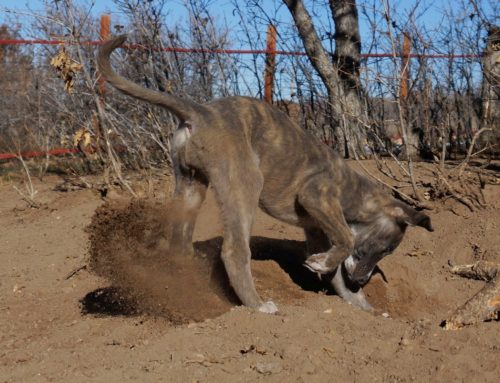Here is a format for consumer product feedback surveys that I use. I take consumer product feedback surveys with a big grain of salt, for reasons listed here.
But they have been useful for me when I follow the format below.
Interview Format
Could be a voice call, in-person/video or over email.
Interview Process
Describe the product’s outcome
Do not go in depth on what the product is, why its better, etc. A short sentence on the outcome for using the product. For example, we all know what a diaper is, so, your description is a diaper for infants. If we did not know what a diaper was, then we would briefly describe what it does, which in this case, a product to capture potty accident by infants worn along or underneath clothing.
Ask what the consumer does now to solve this problem or to get the outcome you described
In our example, what do you use to capture potty accidents now. Which products and brands do you purchase, or if you do not buy a product, what are you doing now to solve this problem? Does the product use changed based on circumstance? For example, maybe the consumer uses one type of brand of diaper during the day and a different one at night. Ask why.
What channels do you respond to for advertisements
This is a generic question, but could get more specific. Do they click on ads in social feeds, when doing keyword searches, banner ads, followup with a radio or TV ad, store shelf, word of mouth? Those are general categories to ask, but get as specific as you can. Ask the customer if they have ever responded to ad ad or word of mouth for the current products they use, if they use them. Why did they respond? What caused them specifically to respond (what did the ad say, or what are the product features and benefits)?
Describe the outcome and benefits of your product in terms of measureable and noticeable statements.
For example, my product has the following benefits over existing choices:
- Potty train in ½ the time;
- Cut your sleepless nights in half due from having to get up to change diapers;
- Save $800 in potty training;
- Save 1/4 dumpster full of diapers.
These statements are short, hard hitting, and the customer gets them fast.
They also focus on very key benefits that most everyone is mindful of, including time, cost and frustration/convenience.
Many people have environmental concerns top of mind but I have found when it comes to parting with their money, they are much less likely to be concerned about this if it means paying more over a competitor’s products.
You always want to try and link your product to the things consumers tend to be most mindful of for this category. In our example, it is the above four ones mentioned, but for the most part, time, cost, frustration/convenience are pretty much top of mind for consumers no matter what they buy.
Next, ask the customer to rank the statements above in terms of importance to them in purchasing this product.
And, that concludes the interview.
Interview Process Summary
The above is designed to keep everything simple, fast, easy to understand.
Do not go into detail, or exaggerate. Keep to the facts.
If you start going into too much detail, then your enthusiasm for your product will likely infect the customer and they will exaggerate as well, or they will not want to disappoint you by bursting your bubble, so they will tell you what you want to hear, not what you should hear.
Notice the format, and what is duplicates. It is plain old marketing.
The customer sees an ad about the product and its benefits, in a certain ad channel, where they click or respond, which takes them to a product landing page (or if in-store, they pick up the packaging to look at it), which gives them more details and the product benefits, and if they see the benefits they want, they purchase.
We are duplicating that process in this interview format to help us gather information about how best to market this product.
Notice we learn what channels the consumer uses now and where they might respond, some potential data on competitors and why the customer buys those products, and what is important to the customer in order for them to purchase this product.
You can use this process for any qualifying customers, which are ones that might be likely or have a need for your product. In our example, it would be new parents or parents with kids in diapers.
It is best to find people you do not know, but if all you have to go on is people you know, it might be better than nothing, but be careful because they might be more reserved in what they say to not hurt your feelings and protect their relationship with you.
I always leave pricing out of this process because pricing is a function of other things that the customer does not have much knowledge of, like competitor pricing and how your product benefits stack up against competitors. After you do all your primary research (like interviews above) and secondary research (like competitive analysis), then you can sit down to figure out pricing.





